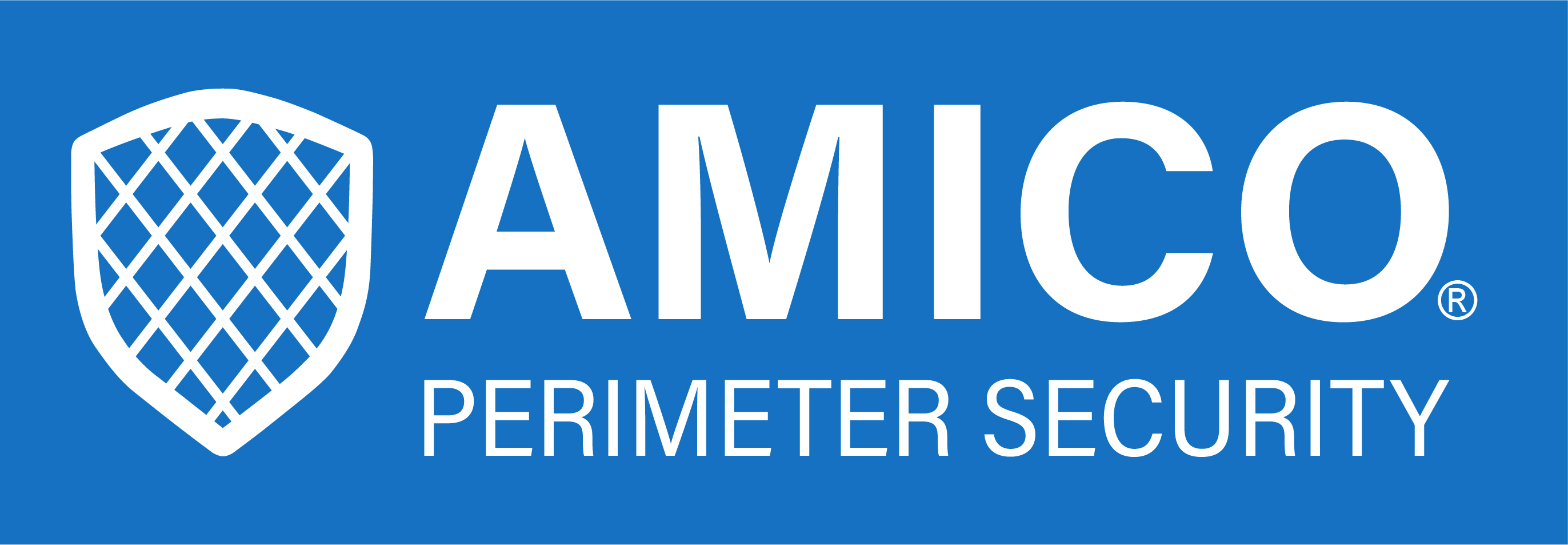
Perimeter Security Design, Barriers, Procedures, Evolving Solutions, Incorporating ASTM Regulations
Physical Security: Advanced Applications & Technologies
Sponsored by AMICO Security
Initially defining the anticipated threats of a critical asset or facility is imperative to implement an effective physical site security program. Achieve protection objectives by establishing and maintaining the perimeter with physical security procedures and products. Establishing a perimeter with gates, fences, barriers, bollards, pillars, planters, and pedestrian and vehicular access control systems. Successful ASTM F2781-15 and ASTM F2656-07specification integration to assist with achieving deter, deny, delay, detect, and respond to threats through integration of intrusion detection sensors, cameras, lighting, and communication equipment with perimeter products. Procedural security threat policies can be employed. Highlighting a holistic approach to physical site security and reviewing recent product developments (with test video clips), design/build technologies, and procedures will be discussed.

Photo courtesy of AMICO Security
AMICO Security’s advanced designs have set the standard for medium and high security perimeters for more than two decades. Customers who demand the ultimate in enhanced security choose AMICO. Innovation is the cornerstone of AMICO Security’s product development. Over the past two decades we have led the technology race in perimeter security. Where we innovate, the others follow. AMICO Security physically produces the mesh that goes into our perimeter solutions. This provides us the ability to control the raw materials and the production process – giving us the final say so in the quality that goes into our final product.
AMICO Security offer the full range in Perimeter security products from multiple fence systems, to gates and vehicle barriers.
LEARNING OBJECTIVES
- Site Planning, risk assessment and Layers of Security: Learn to complete a site assessment. Identify and categorize the threats against an asset. Identify vulnerabilities and implement countermeasures of crime protection through environmental design with design features in concentric layers of security.
- Perimeter Security Principles Detect intrusions, Deny, Deter, Delay: Learn to create multiple zones of security from building exterior to building interior. Use Detect, deny, deter and delay principles to ensure that if one zone is breached the asset is not completely compromised.
- ASTM 2781-15 and ASTM 2656-07: Understand ASTM 2781-15, Testing forced Entry, ballistic and low impact resistance of security fence systems and ASTM F2656-07 Standard test method for crash testing of vehicle security barriers and how incorporating these test requirements into product specifications help achieve and insure security goals.
- Vehicle and Personnel Access Control: Understand vehicle and personnel access control and how to design, plan and implement a system of barriers and procedures to deny entry of unauthorized vehicles, personnel and items as well as manage non-credential personnel movement within the site.
- Perimeter Barriers and Solutions: Overview of need for holistic approach to site security, the types and functions of passive and active perimeter security barriers with procedures to incorporate those barriers to achieve effective result for maximum security solutions.








